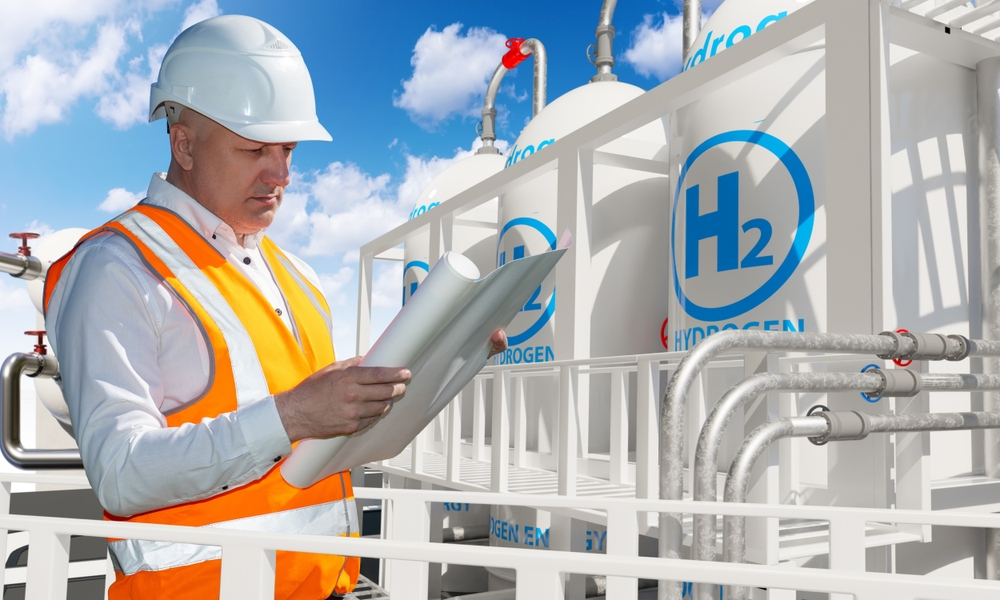Things about Roar Solutions
Things about Roar Solutions
Blog Article
All about Roar Solutions
Table of ContentsRoar Solutions - An OverviewNot known Incorrect Statements About Roar Solutions 10 Simple Techniques For Roar Solutions
In order to secure setups from a potential surge a technique of analysing and identifying a potentially dangerous location is needed. The purpose of this is to make certain the right option and installment of devices to ultimately stop an explosion and to guarantee safety of life.
(https://www.cheaperseeker.com/u/roarsolutions)
No equipment should be installed where the surface temperature of the tools is higher than the ignition temperature level of the offered threat. Below are some usual dirt unsafe and their minimum ignition temperature level. Coal Dirt 380C 225C Polythene 420C (thaws) Methyl Cellulose 420C 320C Starch 460C 435C Flour 490C 340C Sugar 490C 460C Grain Dirt 510C 300C Phenolic Material 530C > 450C Aluminium 590C > 450C PVC 700C > 450C Soot 810C 570C The likelihood of the danger being existing in a focus high enough to create an ignition will vary from location to place.
In order to identify this risk a setup is separated right into areas of threat relying on the amount of time the unsafe is existing. These areas are referred to as Zones. For gases and vapours and dusts and fibers there are 3 areas. Zone 0 Area 20 An unsafe environment is very most likely to be existing and might exist for long periods of time (> 1000 hours per year) or perhaps constantly Zone 1 Area 21 An unsafe ambience is possible yet not likely to be present for extended periods of time (> 10 450 C [842 F] A classification of T6 suggests the minimal ignition temperature is > 85 C [185 F] Harmful location electric equipment perhaps developed for usage in higher ambient temperature levels. This would indicated on the score plate e.g. EExe II C T3 Ta + 60C( This suggests at 60C ambient T3 will certainly not be surpassed) T1 T1, T2, T3, T4, T5, T6 T2 T2, T3, T4, T5, T6 T3 T3, T4, T5, T6 T4 T4, T5, T6 T5 T5, T6 T6 T6 A T Course ranking of T1 means the maximum surface area temperature level generated by the instrument at 40 C is 450 C. Thinking the linked T Course and Temperature score for the equipment are ideal for the location, you can always use a tool with a more rigid Department ranking than needed for the location. There isn't a clear solution to this concern sadly. It really does depend on the type of tools and what fixings require to be executed. Tools with details examination procedures that can not be performed in the field in order to achieve/maintain third event score. Must come back to the manufacturing facility if it is before the equipment's service. Field Repair Service By Authorised Personnel: Complex screening might not be called for nevertheless certain treatments may need to be complied with in order for the devices to keep its 3rd party rating. Authorised workers need to be used to execute the work properly Repair work must be a like for like replacement. New part have to be considered as a straight substitute needing no unique screening of the devices after the fixing is full. Each item of equipment with a dangerous score need to be examined individually. These are outlined at a high level below, however, for more in-depth details, please refer directly to the guidelines.
Roar Solutions Things To Know Before You Get This
The devices register is a comprehensive database of equipment records that includes a minimum set of fields to determine each product's place, technological criteria, Ex-spouse classification, age, and ecological information. The proportion of Detailed to Close assessments will certainly be established by the Tools Threat, which is assessed based on ignition risk (the probability of a source of ignition versus the probability of a combustible ambience )and the unsafe location category
( Zone 0, 1, or 2). Executing a robust Risk-Based Assessment( RBI )method is vital for making certain conformity and security in taking care of Electric Equipment in Hazardous Locations( EEHA).
Rumored Buzz on Roar Solutions

In regards to explosive threat, an unsafe area is more tips here an environment in which an eruptive environment exists (or might be expected to be existing) in amounts that call for special precautions for the building, installation and use of tools. Roar Training Solutions. In this post we explore the obstacles faced in the work environment, the threat control steps, and the needed expertises to work safely
It issues of contemporary life that we produce, save or deal with a variety of gases or fluids that are regarded combustible, and a variety of dirts that are deemed combustible. These compounds can, in specific problems, form explosive environments and these can have significant and awful effects. Many of us recognize with the fire triangle remove any type of among the three elements and the fire can not occur, yet what does this mean in the context of unsafe areas? When breaking this down into its simplest terms it is essentially: a mix of a certain amount of launch or leakage of a certain substance or material, blending with ambient oxygen, and the presence of a resource of ignition.
In many instances, we can do little concerning the degrees of oxygen in the air, but we can have substantial impact on sources of ignition, for instance electric devices. Dangerous areas are recorded on the dangerous area classification illustration and are recognized on-site by the triangular "EX LOVER" sign. Below, among other vital info, areas are split right into three types relying on the risk, the possibility and period that an explosive atmosphere will certainly exist; Zone 0 or 20 is regarded the most hazardous and Area 2 or 22 is considered the least.
Report this page